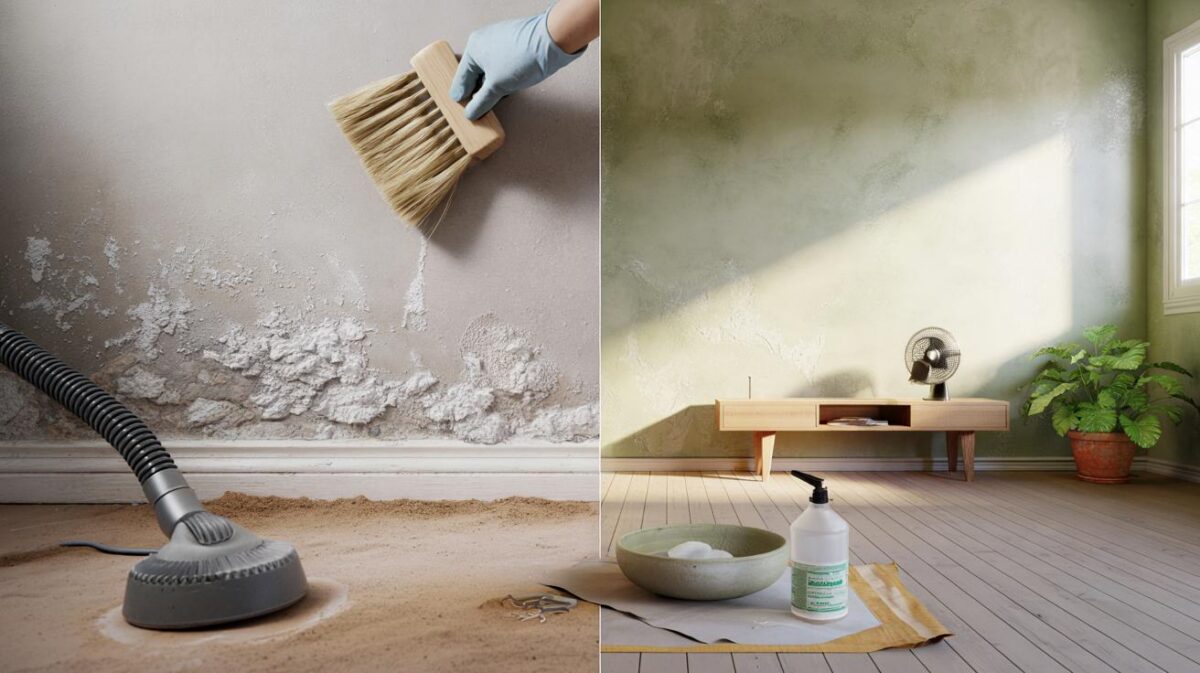You want the kind of garden that powers on while life gets busy. A border that flowers on autopilot, feeds pollinators, and still greets you in a decade or five. Autumn is the secret window. Cooler soil, reliable rain, roots exploring quietly. Garden plants that live 50 years with no care do exist — and once they’re in, they’re yours for a lifetime.
No drip hose, no timer, no fuss — just a shrub older than the mortgage, throwing scent over the washing line. Under it, a clump of peonies sat fat and unbothered, as if time itself were mulch.
I paused with the bin bag and realised the garden had changed owners twice, yet those plants hadn’t blinked. They’d weathered heat, frost, kids, dogs, and a trampoline era. No spreadsheet. No garden gym routine.
The plants remember. There’s a kind of peace in that.
Long‑lived, low‑effort: the stalwarts worth planting now
Some plants simply refuse to quit. Peonies can stick around for generations, lilac and yew age like stone, and daffodils naturalise so well they feel woven into the soil. Hellebores, daylilies, Siberian iris, and bearded iris settle in and return on muscle memory. Rugosa roses shrug off wind and salt spray and still flower.
Even the quiet ones endure. Snowdrops multiply, crocus slip into the lawn, and foamflower clumps get on with it in light shade. Cotoneaster and holly feed birds and barely blink at neglect. If you want evergreen spine, yew and holly are your anchor pins.
Numbers help this feel real. A heritage peony can live 50–100 years and bloom every spring without fertiliser. Old lilacs hit their half-century with little more than light once-in-a-while pruning. Yew is the marathoner — many churchyard specimens are centuries old. Daffodils persist in abandoned cottage gardens, flowering through brambles like old clocks keeping time.
Take Mrs Khan’s front garden on the corner. She planted a ‘Sarah Bernhardt’ peony in 1969. Neighbours have moved away, children grown, front doors repainted, but that peony still lifts pink bowls of flowers every May. No irrigation, no fuss. Just rain, cold winters, and the right depth.
Why do these plants last while others fade? Deep, resilient root systems and tough crowns that ride out bad seasons. Dormancy that lets them retreat and re-emerge. Some, like daffodils and snowdrops, multiply into self-sustaining colonies. Woody stalwarts such as lilac or holly grow slowly, dense with stored energy, shrugging off pests.
There’s also fit. A peony in sun and a lilac in air that moves. An iris rhizome basking where summer heat can ripen buds. The trick isn’t magic. **Right plant, right place.** Then step back.
Plant now, forget later: the simple setup that lasts decades
Autumn is the quiet golden hour. Soil is warm, rain is regular, and plants root without battle. Dig a wide hole, not a deep one, and loosen the sides so roots can slip out. Backfill with your own soil rather than a bag of rich compost, and water once to settle any gaps.
Give them space. Lilac needs air to form strong, scented panicles. Peonies want sun and a cool crown. Iris like their rhizomes half-basking at the surface. **Plant in autumn** and you hand roots months of steady growth before spring asks anything flashy of them.
Here’s where people trip. They tuck peonies too deep, then wonder why they sulk. In the UK, keep the buds just 2–5 cm below the surface; bearded iris rhizomes should sit partly exposed like a sunbathing seal. New shrubs often get smothered with love: too much compost, frequent feeding, daily watering.
Let’s be honest: no one really does that every day. Better to water once, mulch lightly with leaves, and leave them to do what they evolved to do. If your soil is heavy, lift the planting up a touch and mix in grit only to improve drainage around the hole, not as a lush layer they will circle round and round.
Gardeners who play the long game sound calm because they know the ending. As head gardener Paul at a National Trust property told me:
“Put tough plants in the ground in autumn, give them air and a little patience, and you’ll be admiring them when your hair has gone grey.”
- Peony (herbaceous): 50+ years; sun; buds 2–5 cm deep.
- Lilac (Syringa vulgaris): 50–100 years; sun; good air flow.
- Yew (Taxus baccata): centuries; sun/part shade; slow and steady.
- Rugosa rose: bulletproof hedging, fragrant, repeat flowers.
- Daffodils and snowdrops: naturalise for decades; plant in drifts.
- Bearded iris: long-lived rhizomes; rhizome half-exposed.
- Hellebore: shade-tolerant, evergreen foliage, winter bloom.
- Cotoneaster or holly: bird food, bones for winter, minimal input.
The long view: beauty that outlives busy seasons
We’ve all had that moment when a familiar flower pulls us back to someone’s voice, or a year we thought we’d forgot. Long-lived plants do that without asking for much in return. They bridge the stop–start bits of life: new jobs, new babies, lost keys, the years that blur.
You also pick up quiet wins. More birds in winter because holly and cotoneaster feed them. Fewer plastic pots over a decade because you’re not replanting the same spot every spring. Less water, less guilt, more rhythm.
Stand at the back step next May and let the peony show you what it learned underground while you weren’t looking. **Peonies can outlive us.** That’s not a threat. It’s a relief.
| Point clé | Détail | Intérêt pour le lecteur |
|---|---|---|
| Plant in autumn | Warm soil + steady rain = strong roots before spring | Less watering, faster establishment, earlier flowers |
| Choose time‑tested stalwarts | Peony, lilac, yew, rugosa rose, daffodils, iris, hellebore | Decades of colour with near‑zero maintenance |
| Set depth and spacing right | Peony buds 2–5 cm deep; iris rhizome half‑exposed; give air | Prevents sulking and rot, boosts flowering for years |
FAQ :
- Which plants truly last 50 years with little to no care?Peonies, lilac, yew, rugosa rose, hellebore, daffodils, snowdrops, Siberian iris and bearded iris. Cotoneaster and holly also earn their keep for decades.
- When exactly should I plant in the UK?From late September through November, while the soil still holds warmth. Spring bulbs can go in as soon as nights cool; woody shrubs and peonies root best before hard frost.
- Do I need to water them in summer once established?Usually no. Water the first season if rain fails, then let roots do the work. Deep, infrequent water beats little sips if you hit a true drought.
- What if my soil is heavy clay?Plant slightly higher, break up the sides of the hole, and blend in sharp grit around the planting zone. Avoid creating a rich “bucket” of compost that traps water around roots.
- Are any of these risky for small gardens or pets?Yew foliage and seeds are toxic if ingested, so site with care if pets chew. Go for lilac, rugosa rose, hellebore in sheltered shade, and bulb drifts where nibbling isn’t a habit.










This is the nudge I needed to plant my peonies and iris now. Love the reminder about shallow peony buds and sunbathing rhizomes—I’d been burying them like treasure. Autumn dig list officially started; thanks for the calm, do-less approach. Defintely bookmarking.